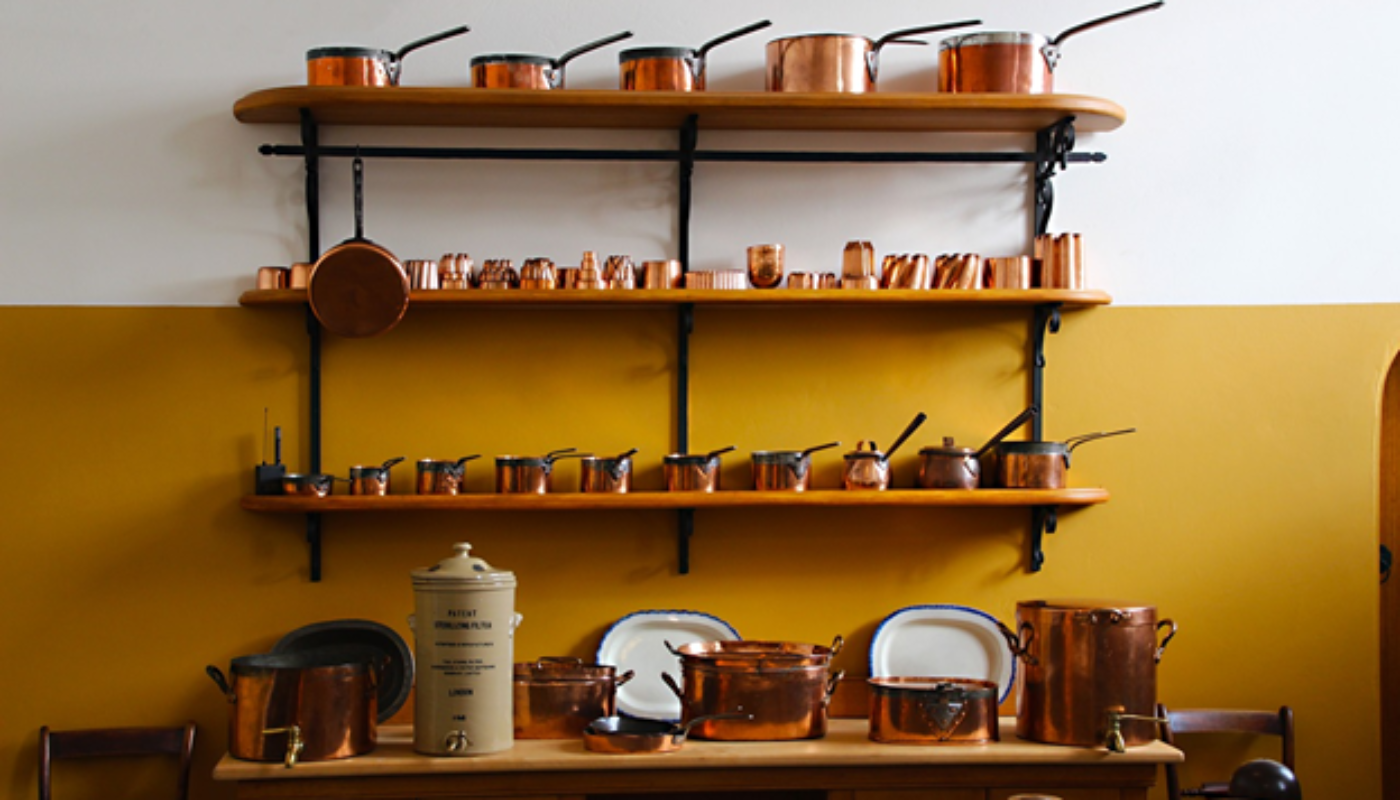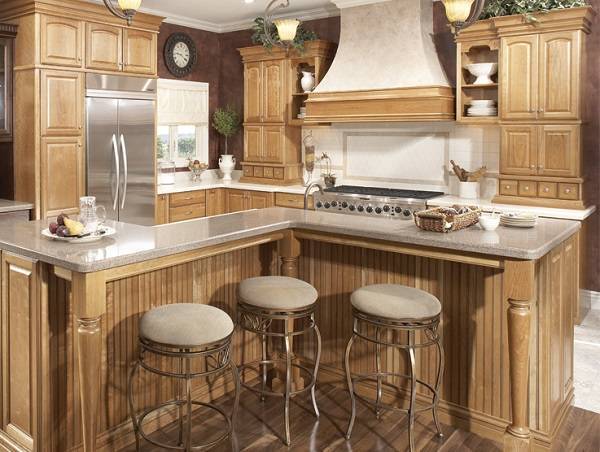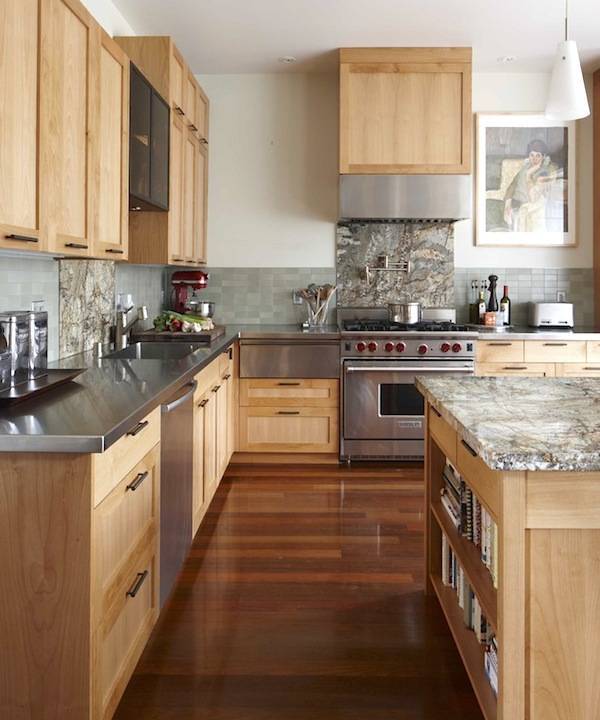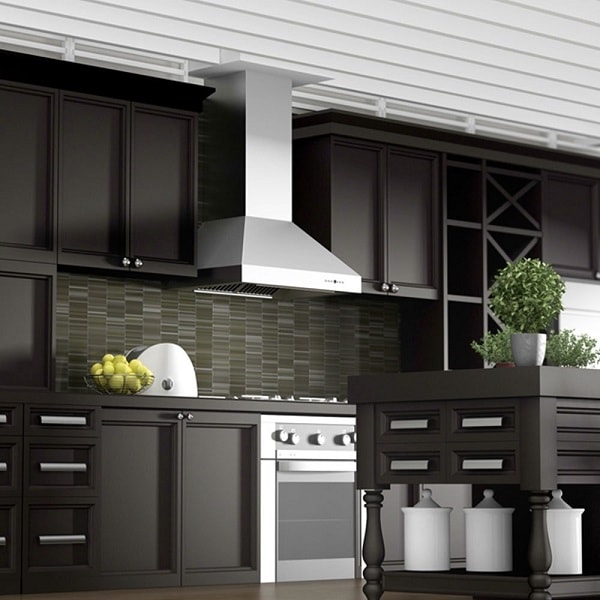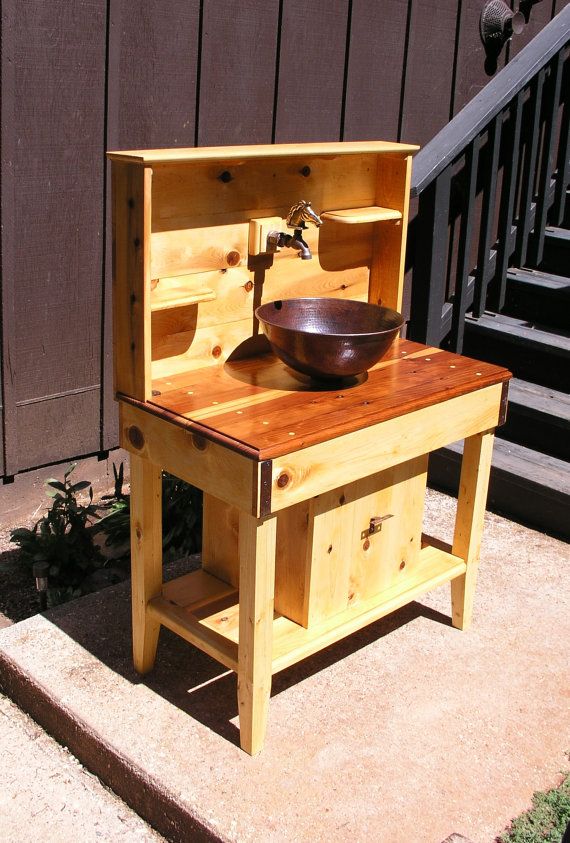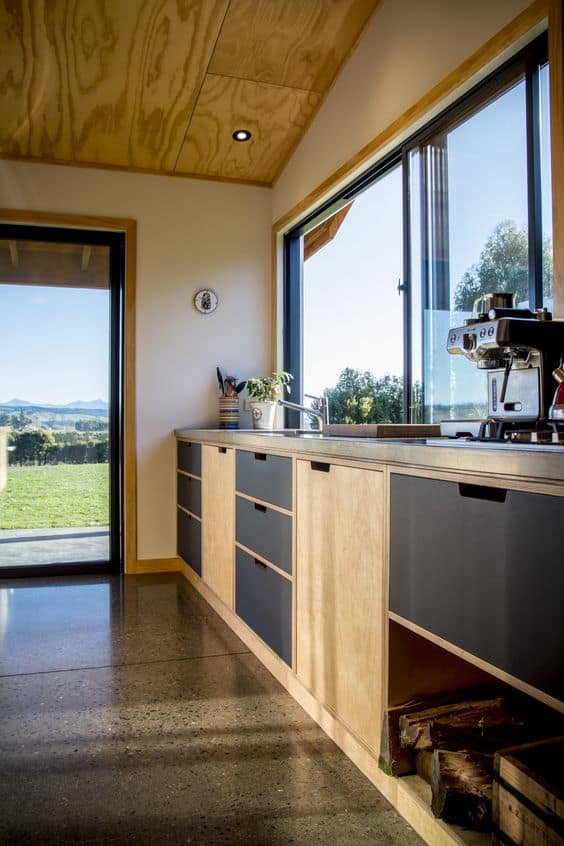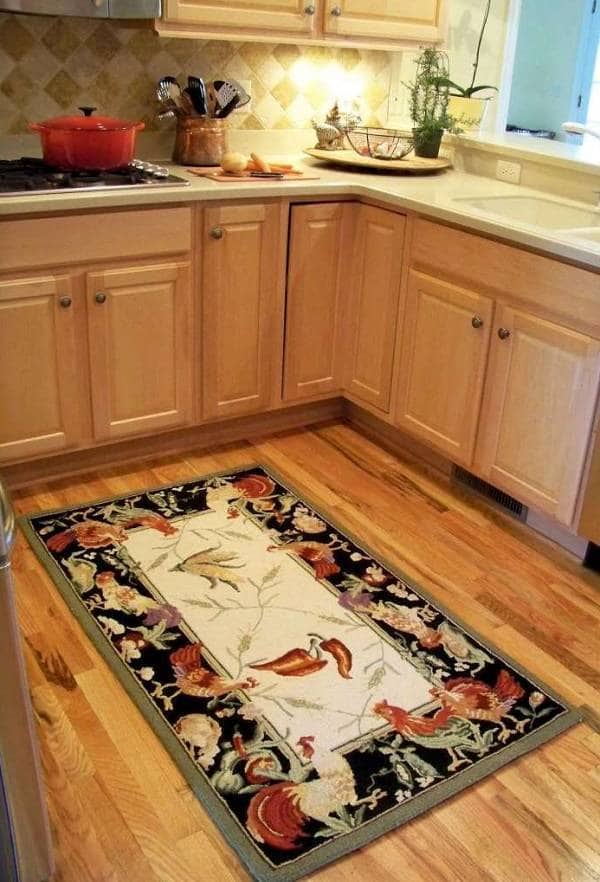Most homeowners spend more time in the kitchen than they do in their bedrooms. Maybe they are making mouth-watering dishes all day? Wrong! We can say without a doubt that the cooking part is not what consumes most peoples’ time in the kitchen. The nightmare begins when you have to clean the kitchen after meal prep. It can take a long time to put back the ingredients you used, the dirty dishes, and cleaning the stovetop. But how did you get here? Why doesn’t your kitchen seem to offer you functionality and ease? That’s because maybe your kitchen is unorganized, and your current cleaning routine is not working. But don’t sweat it because that’s what we are here for. Get your cleaning supplies out and follow the tips mentioned below to keep your kitchen tidy and functional.
- Check all kitchen pipes for leakages
First thing’s first, does your kitchen have leaky pipes? Is there mold growing? Apart from cleaning and what we see on top, we rarely pay attention to what’s going on under the kitchen sink. That’s right- before you tackle the dirty dishes and untidy mess on the counters, your first task is to ensure that all water pipes in the kitchen are leak-proof. Start by checking all the faucets, the dishwasher water pipe, ice maker hose, and the main water supply pipe to the kitchen for possible leakages. If there is one or more, you can search for professionals on the internet by checking websites such as https://trtexas.com/flooded-kitchen/ and get instant help. This way, you can control and restore any water damage before it wreaks havoc in your kitchen and living space. Besides, with no leaks and mold growth, it’ll be easier to keep your kitchen clean and from smelling like a damp mop.
- Take the minimalist approach
If you feel that no matter how organized you keep your kitchen, it still looks cluttered, then it’s time to change your approach to the overall aesthetic. We recommend going for the minimalist approach to give yourself some space in the kitchen. Think objectively about the items you keep and frequently use and remove the unwanted stuff. Understandably, everyone keeps things of sentimental value in their kitchen, but that’s what stopping you from making your kitchen functional. So, follow the rule of removing or relocating items, especially those you keep on the countertops. Identify duplicate items, replace single-functioning items, keep everything in jars or boxes, and only keep appliances on the countertop that you use regularly.
- Categorize your cabinets
Organizing kitchenware according to various categories increases functionality and decreases the cleanup time. It also makes it easier to find stuff when you really need it. Hence categorize cabinets, spaces, and even drawers and place items of the same group together. For instance, wouldn’t it be easier to place all the commonly used items like plates, mugs, glasses, etc., in a single cabinet closer to the dining area? Or putting commonly used herbs and spices in a single cabinet near the stove? Dividing everything into different categories such as pulses and grains, dairy products, cleaning supplies, utensils, etc., makes it easier to take care of the clutter. You wouldn’t need to take everything out just to unearth something vital that you’ve shoved in the wrong place. The rest of the family can also keep the kitchen organized by returning items to the right cabinet to keep your cooking place neat.
- Clean and use countertops smartly
A clutter-free and tidy countertop can instantly make your kitchen look organized and clean. Since countertops are easy to reach when cooking, we tend to overstuff them, ultimately leading to clutter and spills. Less crowded countertops mean low chances of kitchen accidents. Therefore, make it a habit of cleaning countertops whenever you can. For instance, keep appliances and items you constantly need when prepping meals on the countertop and remove everything else. As soon as you are done with your work, clean up the counter, ensure it’s dry, and disinfect it as well. Remove powdery items like flour, salt, or sugar and place them in the intended cabinets. Also, ensure that there are no liquid items placed near electrical appliances or outlets.
- Decide on your kitchen zones
You can divide the kitchen into several zones based on how you work and how you would like to distribute the space. You can generally distribute your kitchen into four zones: the put-away zone, the cleanup zone, the cooking, and the prep zone. The prep zone is the area where you will keep your initial ingredients, chop vegetables and fruits, marinate, and so on. For the prep zone, the more countertop space you have, the better. You can keep cutting boards, knives, towels, and dishes near that zone. The cooking zone will be near the stove, so items like cooking utensils, cooking oil, utensil holder, etc., should be within arm’s reach. The cleanup area is where your sink is, and this is where you should keep all your kitchen cleaning supplies and other tools. Keep this area as dry as possible and regularly check the pipes and faucets for leaks. The last is the put-away zone, where you should hold items like Tupperware, boxes, wrapping foil, dishes, and other things.
- Clear out while you wait
If anything works best to keep a kitchen clean and functional, it is to clean as you go. When you wait for the food to cook, start wiping the unheated area around the stove, clean the countertop, and put away ingredients you don’t need anymore. In the meantime, you can also load or unload the dishwasher, clean the sink, and put away kitchen utensils. Clearing out while you wait is one of the best ways to do away with the cumbersome after-cooking cleanup routine. Also, don’t forget to let the water out in the sink and finally get rid of the trash.
Conclusion
No one likes cooking in a dirty kitchen. However, it is a hassle to organize and clean a space that is highly prone to mess. You can start with small things such as organizing and decluttering the countertops whenever possible and doing cleanups between waits. Organize your cabinetry for maximum space utilization and try a minimalist approach to have as much freedom as possible. Go for adjustable shelves, hidden storage space for appliances, divide your kitchen into efficient work zones, and organize by task as well. Last but not least, ensure that your kitchen is leak-proof and mold-free.
